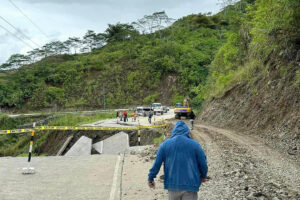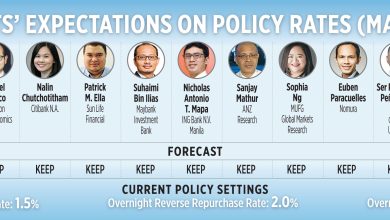‘No shortcuts’ to regulating banking innovations — fintech experts

A “significant wave of innovation” in banking supported by cloud technology — including digital currencies, open banking, and blockchain disintermediation — needs to be accompanied by regulation, according to a Financial Industry Editors’ Forum organized by IBM on June 1.
“When dealing with traditional banks, if you’re not licensed and regulated, you won’t have meaningful relationships,” said Calvin Shen, managing director of Hex Trust, a digital asset custodial firm in Singapore. “In addition to security, there’s the compliance question … These are the things to think about beyond tech. There are no shortcuts.”
While central bank digital currencies (CBDCs) and cryptocurrencies both live on the blockchain, they are not the same: CBDCs are centralized, cryptocurrencies are not.
“The difference is that it’s [a CBDC] backed by the sovereign. That’s a very big difference,” said Mr. Chen. “The fundamental question — beyond being legal, and being compliant — is security.”
This April, the Bangko Sentral ng Pilipinas (BSP) said that it would test the use of CBDC for large-value financial transactions among selected financial institutions.
OPEN BANKINGTraditional banks are investing in open banking, a system that allows access and control of consumer banking and financial accounts to third-party applications.
While open banking has the potential to lower costs and improve customer service, it also increases the risk to consumers as more of their data is shared.
“When open banking occurs, security issues emerge,” said Kunacillan Nallappan, vice president of Asia Pacific, China, and Japan for F5 Networks, a Seattle-based cloud and security application service provider.
“How do we protect customer data? API security is top of mind. Banks want customers to access products through them, because this opens up new channels of revenue.”
(API, or application programming interface, is software that allows two applications to talk to each other.)
In January, the BSP launched its framework for open finance.
NEOBANK COLLABORATIONS
Mr. Nallappan also pointed out how open banking has yielded collaborations between banks and third-party providers like neobanks, or internet-only financial services firms.
“Because consumers trust [traditional banks], they go through them to consume third-party services,” he said.
Established banks can coexist with neobanks, according to Juan Madera, IBM Consulting’s leader for the ASEAN financial services sector: “The cost of customer acquisition [for the latter] is high even though the technology cost is low.”
“The most successful neobanks are those that already have a large, strong customer base, and then created a bank from that,” he said.
DEFI
Decentralized finance (DeFi) presents opportunities for the Philippine market, said Mr. Madera.
“It makes some of the underlying business processes more efficient and more cost-effective, like, for example, cross-border payments,” he said. “It’s also a question of needs … If you have a geographically dispersed and underbanked population, technology can bridge the gap.”
By 2023, the BSP aims to onboard 70% of Filipino adults into the financial system and convert 50% of payments into digital. It said 53% of adults had a basic deposit or an e-money account as of the first quarter of 2021. — Patricia B. Mirasol




